

The Karpaz Peninsula was the only part of Cyprus we’d never visited before. So during the half-term holidays last week, we took ourselves to Cyprus’s Pan Handle for a mini holiday. We stayed in Dipkarpaz for four nights. And, blimey, what a unique place!
Dipkarpaz is the most remote village on the Karpaz Peninsula; the last village before reaching the very tip of the Pan Handle (as the Karpaz Peninsula is also called). We thought it would be a good base for exploring the surrounding area and it certainly was. Golden Beach was a 20-odd minute drive down the road, through exquisite countryside. Cape Apostolos Andreas and its monastery was 10-minutes further on. Surrounding Dipkarpaz are also loads of other sights – ancient churches, citadels, tombs, villages, mills. We realised very quickly that four days wasn’t long enough to see everything.
But Dipkarpaz. What can I say about this village? Mainly that it was a tad baffling. I would love to have had the time to understand the village more. It is a very rural place – you are just as likely to see a tractor on someone’s drive as a car. The village is comprised of lots of mini farmsteads; houses with a plot of land containing cows, goats, geese, chickens, sheep, you name it. Farm animals wander across the roads.
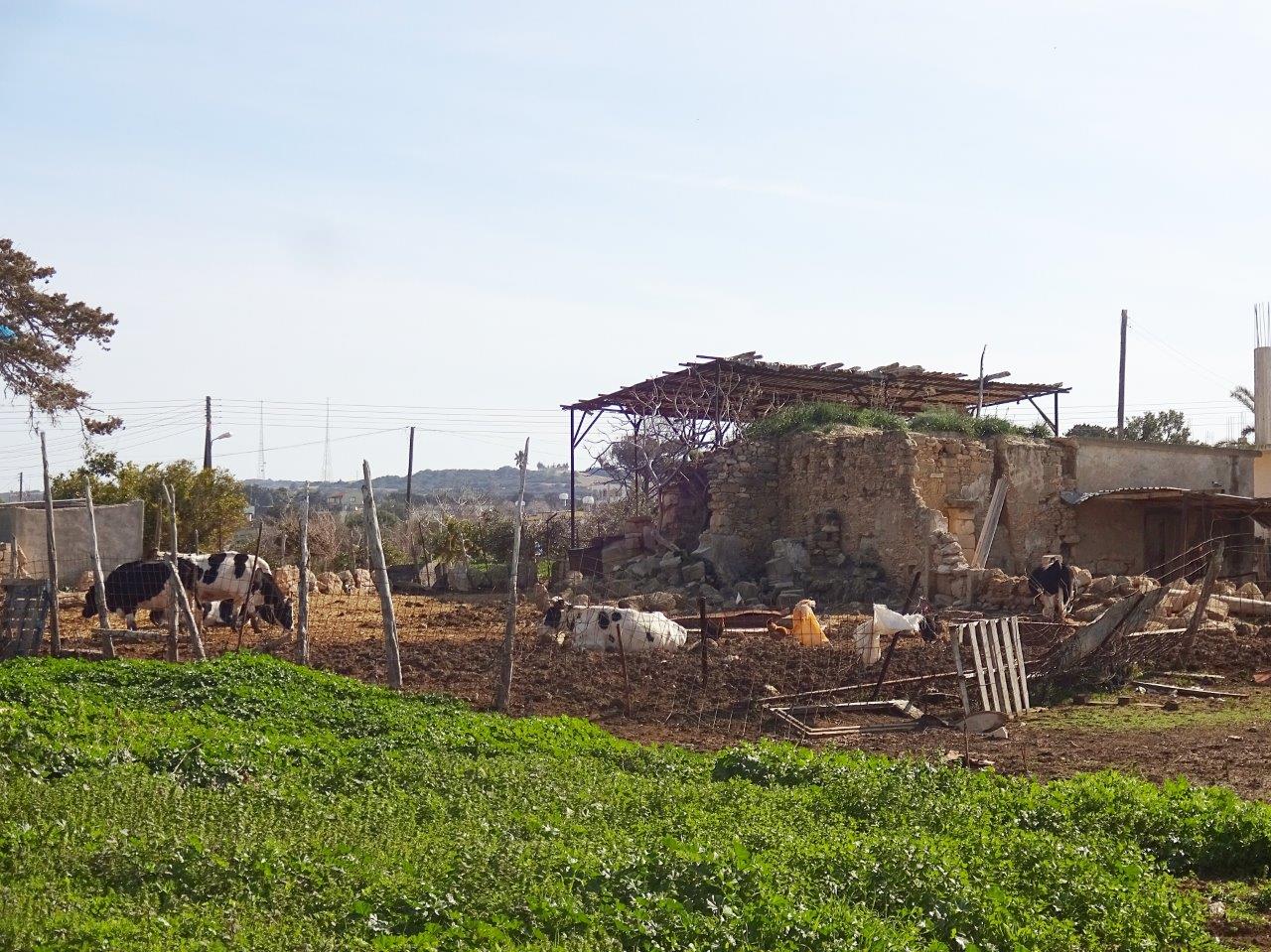
I couldn’t call Dipkarpaz a pretty place. It had a run-down atmosphere and the people seemed poorer than elsewhere in Cyprus. In the local shop, the food on the shelves was covered in dust. But it is a place of such contrasts. Despite appearing to be one of the poorest areas in Cyprus, loads of people were driving new Mercedes cars (old ones too). The village seemed full of them.
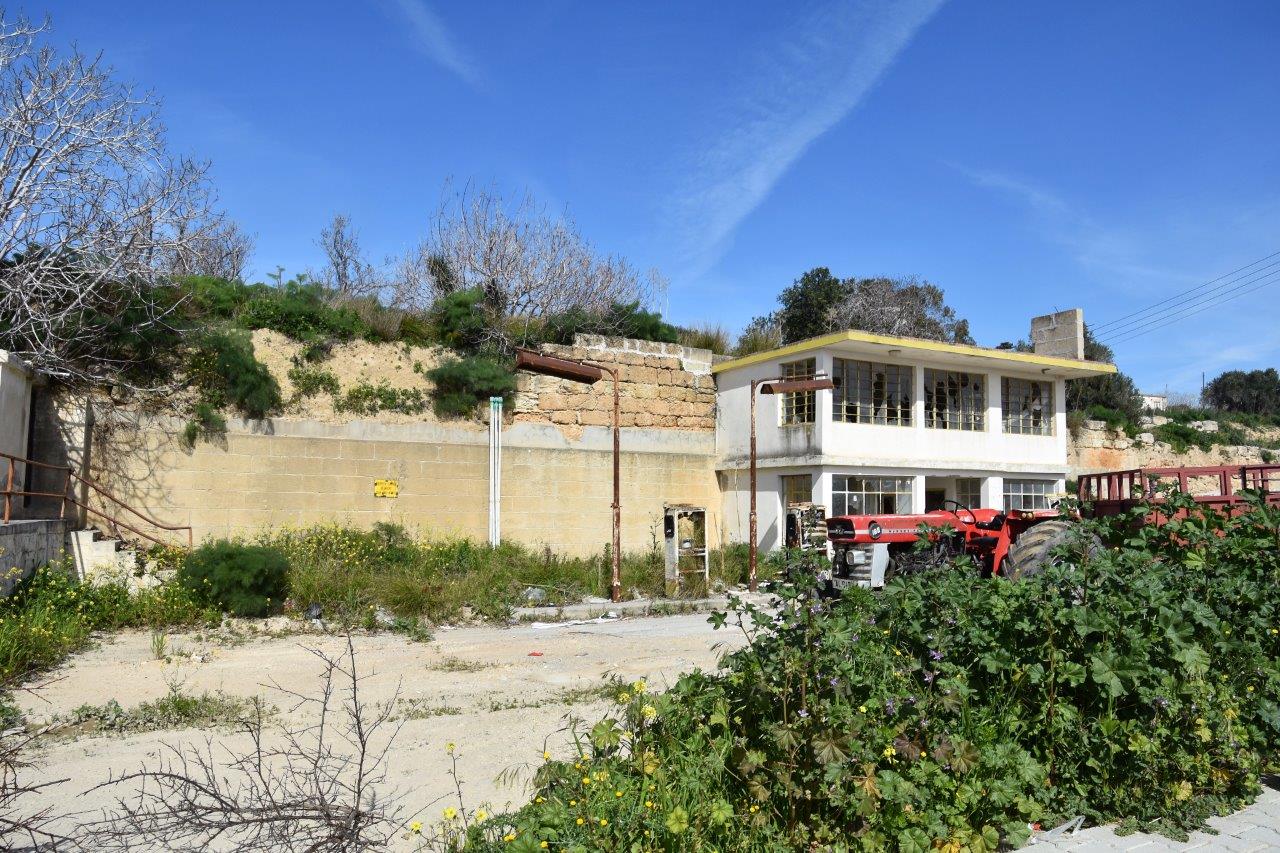
Dotted between the farmsteads were a couple of magnificent ancient churches, locked up. There were signs of development, though many of the half-finished buildings were now being used to house farm animals. And in between the run-down buildings were some very smart tourist bungalows looking totally out of place. Honestly, it didn’t feel like we were in Cyprus any more. Dipkarpaz was unlike anywhere I’d visited on the island. So I was really pleased we’d decided to stay there.
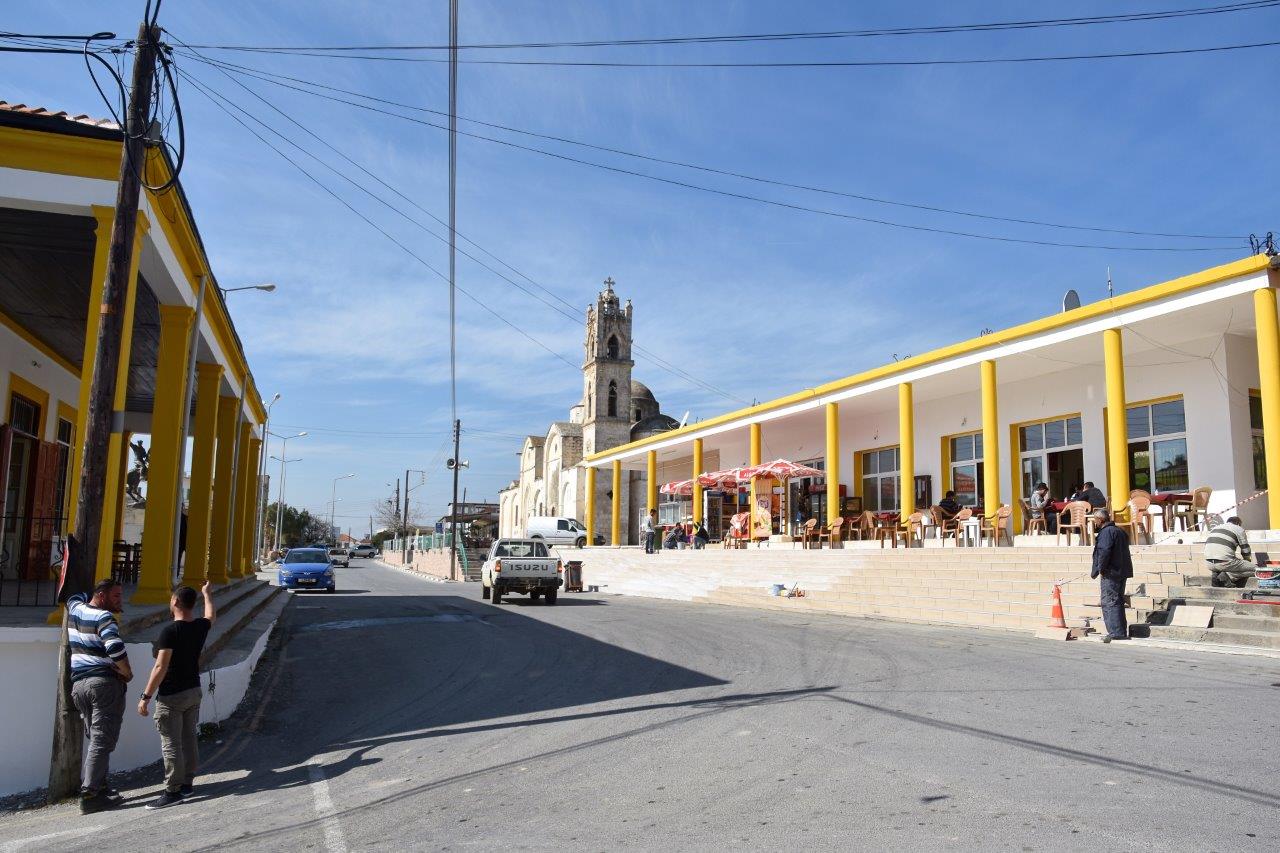
We stayed at Villa Lembos, one of the smart tourist bungalow complexes. Villa Lembos came highly recommended by a number of people in my neighbourhood and it was a good recommendation. A handful of tiny bungalows sat in landscaped grounds filled with orange and lemon trees. Our bungalow was immaculately clean and comfortable. It contained a mini-bar, TV, kettle and en-suite facilities.
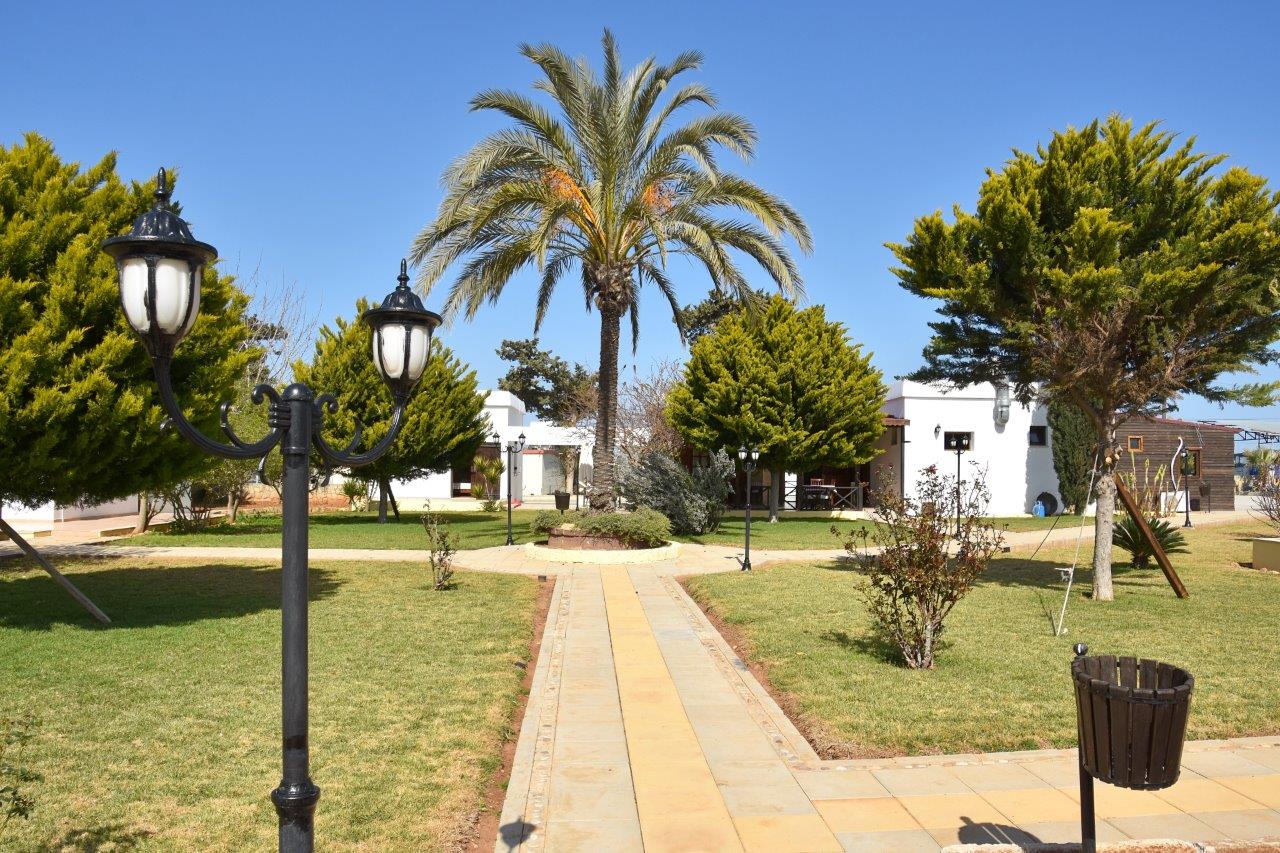
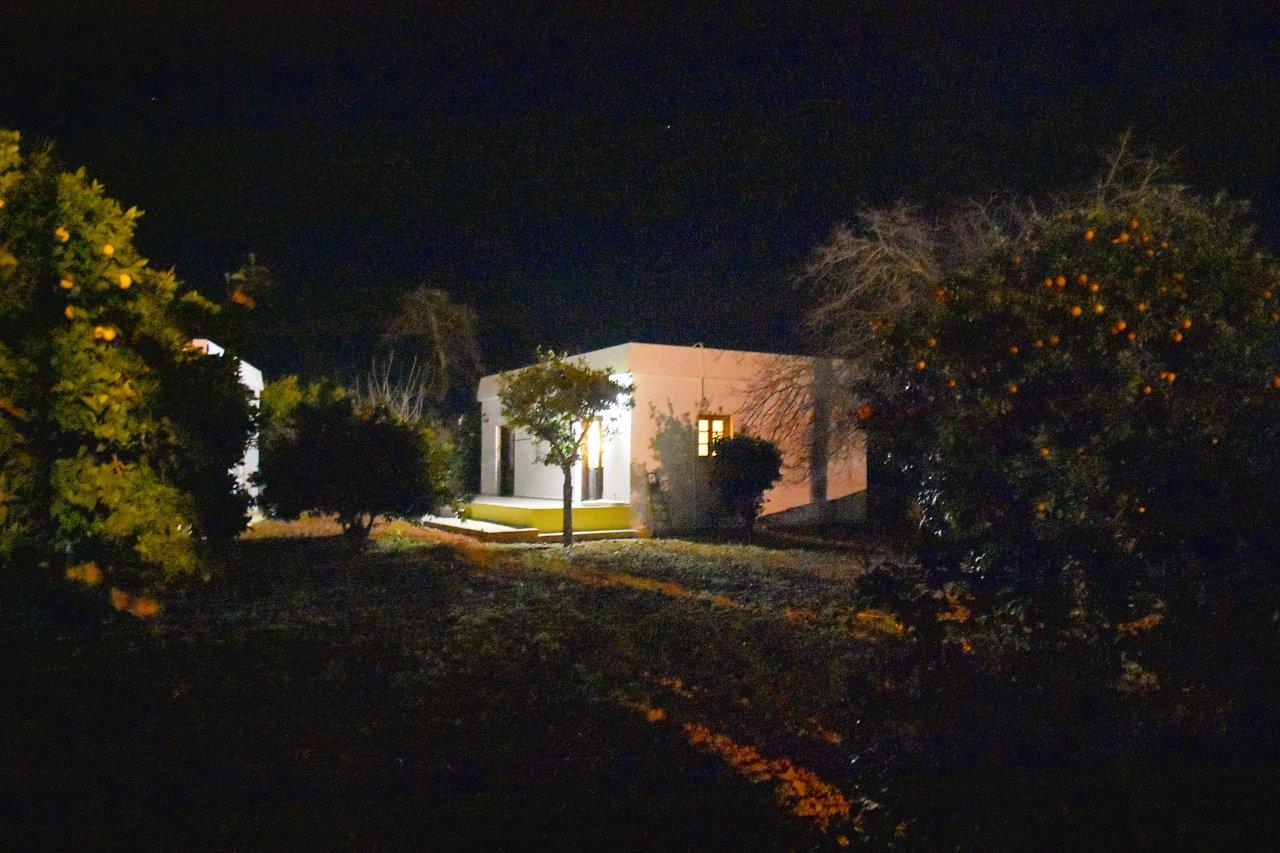
The family who ran Villa Lembos was warm and welcoming. We spent many an hour eating their massive breakfasts on the restaurant terrace, watching the farm animals next door.
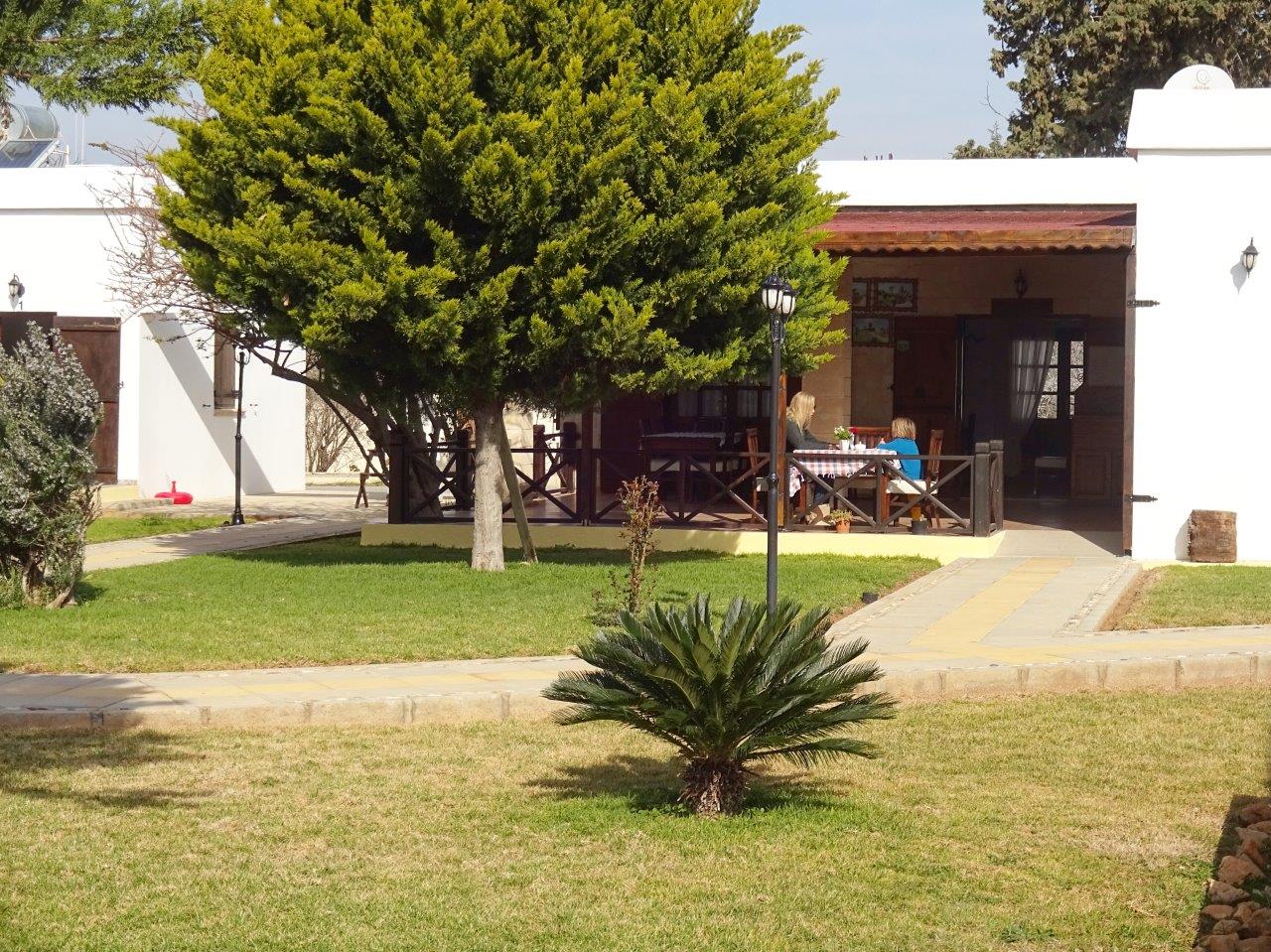
We visited Dipkarpaz out of season and many of the tourist bungalows and restaurants were closed, including the Karpaz Arch Houses which also looked like a nice place to stay. The Manolyam Restaurant was open and is recommended in our Lonely Planet guide, but it didn’t start serving food until 6.30pm – too late for Goobie.
We ate at Villa Lembos a couple of nights and at the Oasis at Ayfilon the rest of the time. The Oasis at Ayfilon is very well-signposted and occupies a gorgeous spot on the coast a kilometre or so to the north of Dipkarpaz. It sits where the ancient city of Carpasia once stood. Carpasia was an important city in the Hellenistic and Middle Ages. What remains now is Ayios Philon, a domed Byzantine Church. And beneath that are the remains of a 5th century basilica with its mosaic floors (which, surprisingly, weren’t protected or fenced off). You could see remains of marble columns in the ground.
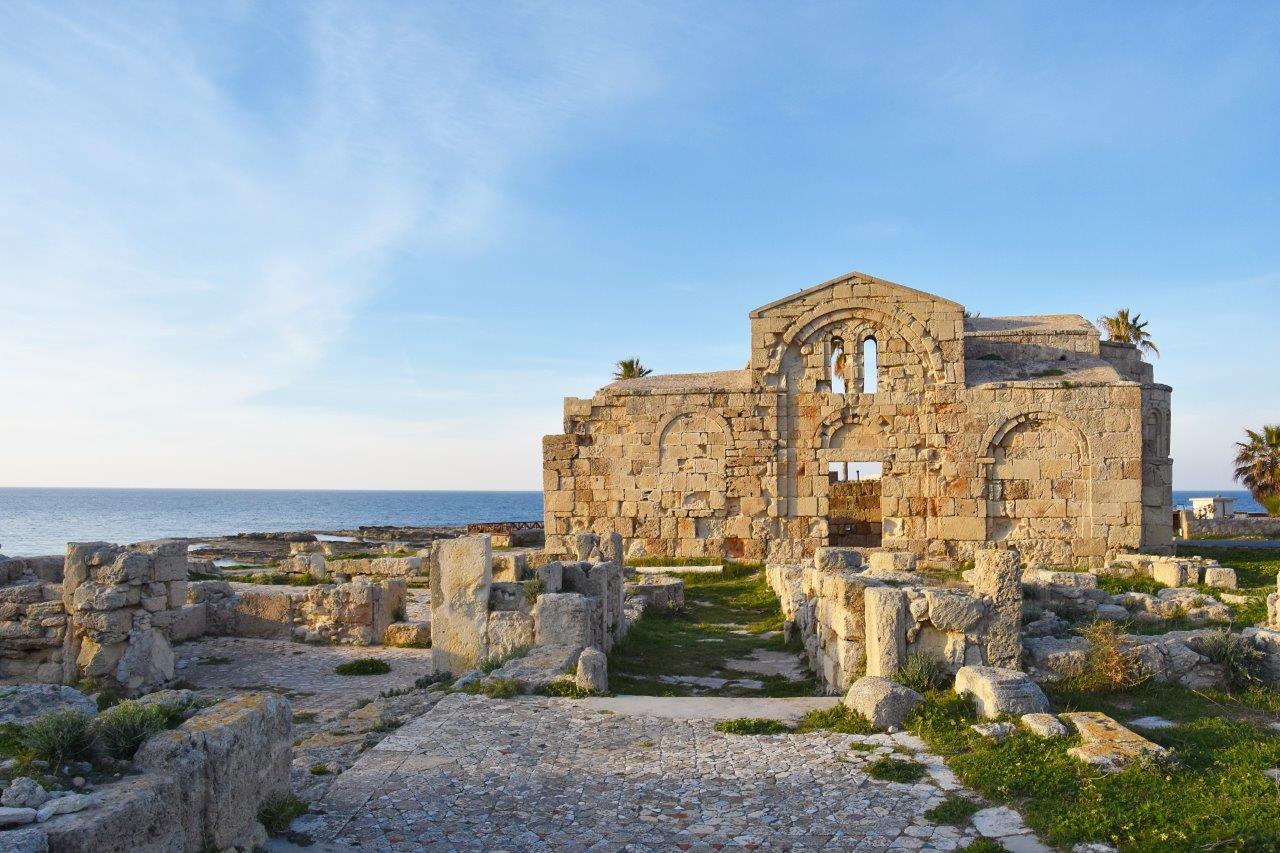
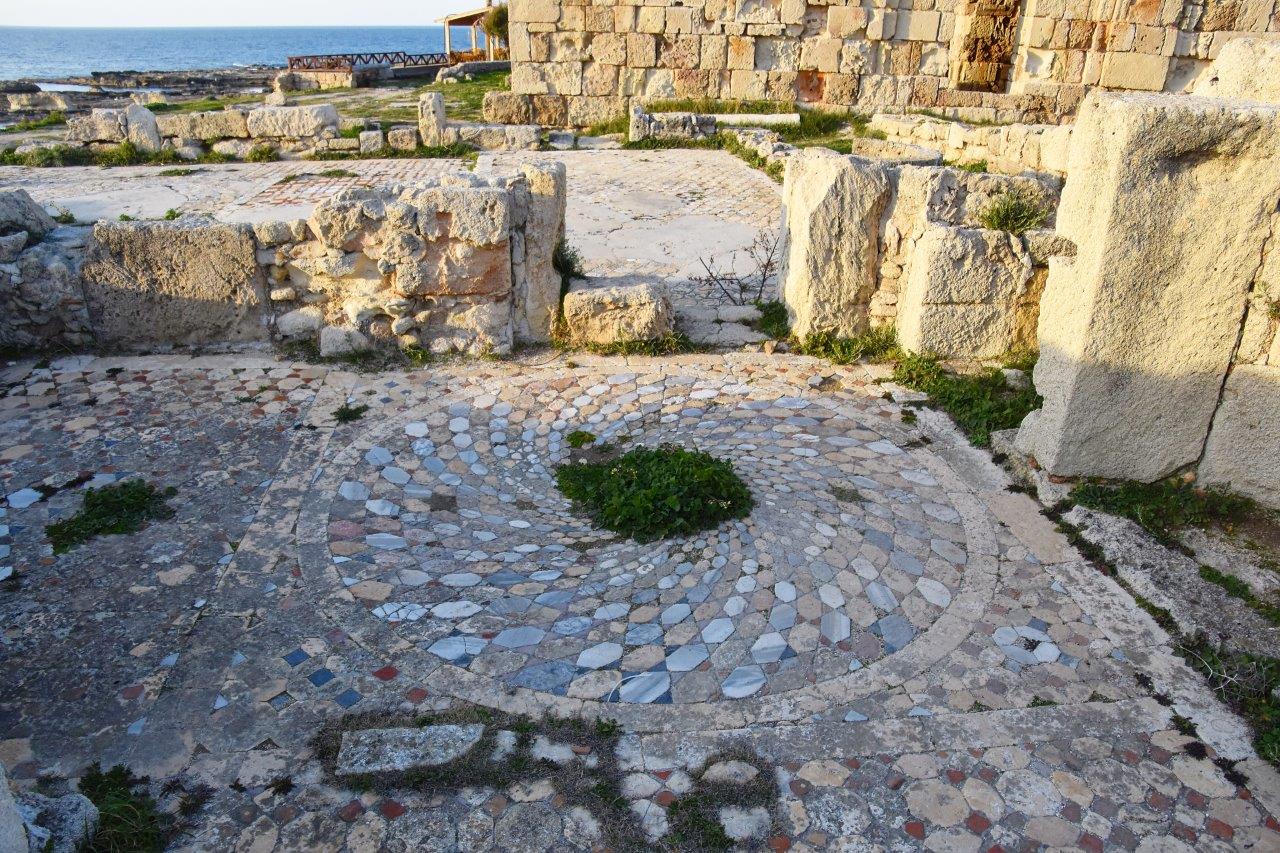
The Oasis at Ayfilon sat just behind the old church, another example of the contrasts found in Dipkarpaz. I wondered how developers were given planning permission to build Oasis on the site of such ancient ruins. But I guess this is not so different to how the Byzantines built the Ayios Philon on top of the old basilica – just layers and layers of history. It’s what I love most about Cyprus.
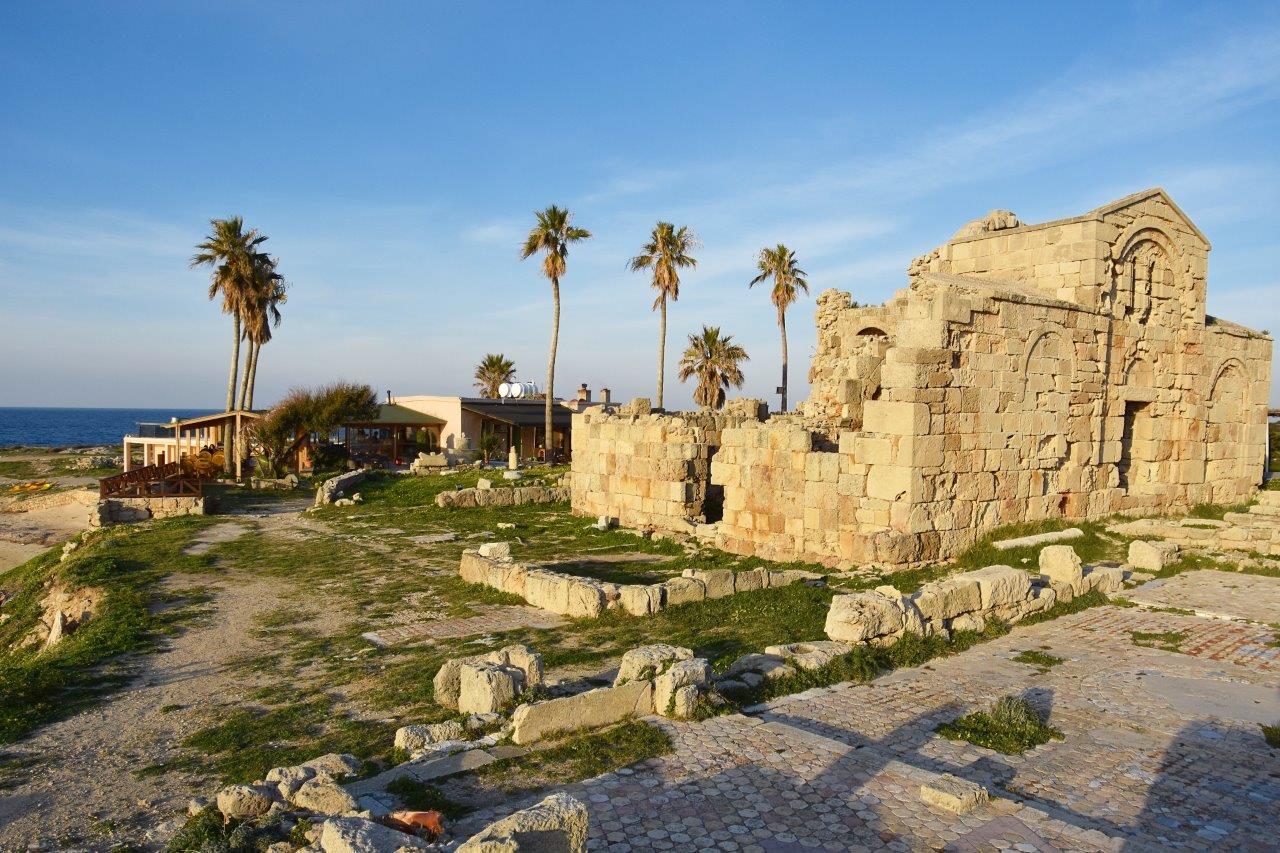
I really liked the Oasis at Ayfilon. It had a warm, friendly atmosphere and the food was lovely. It’s literally perched next to the sea and the window tables offer gorgeous sunset views. The hotel part of the Oasis is comprised of a number of rooms behind the restaurant. I didn’t see inside the rooms, but it was a great location and we’d be interested in staying there in the future.
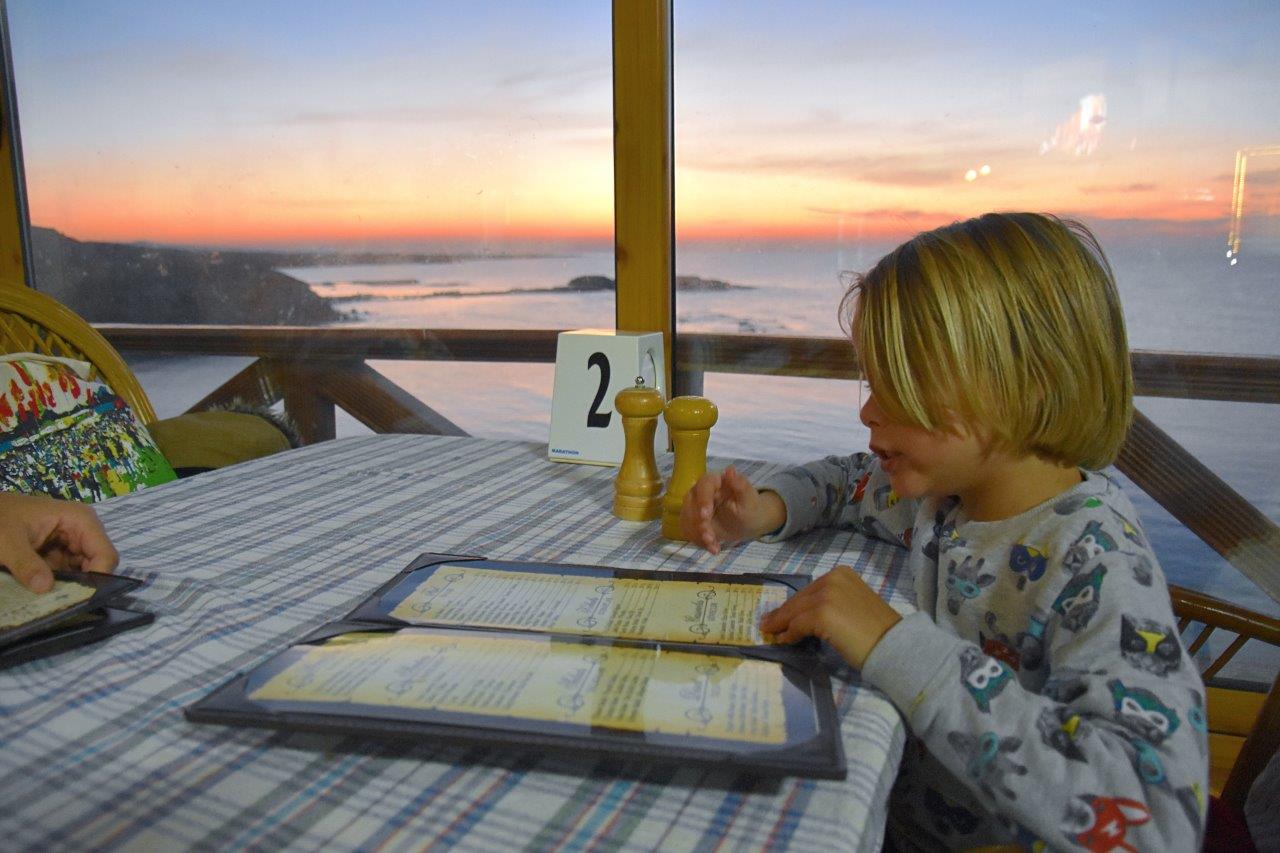
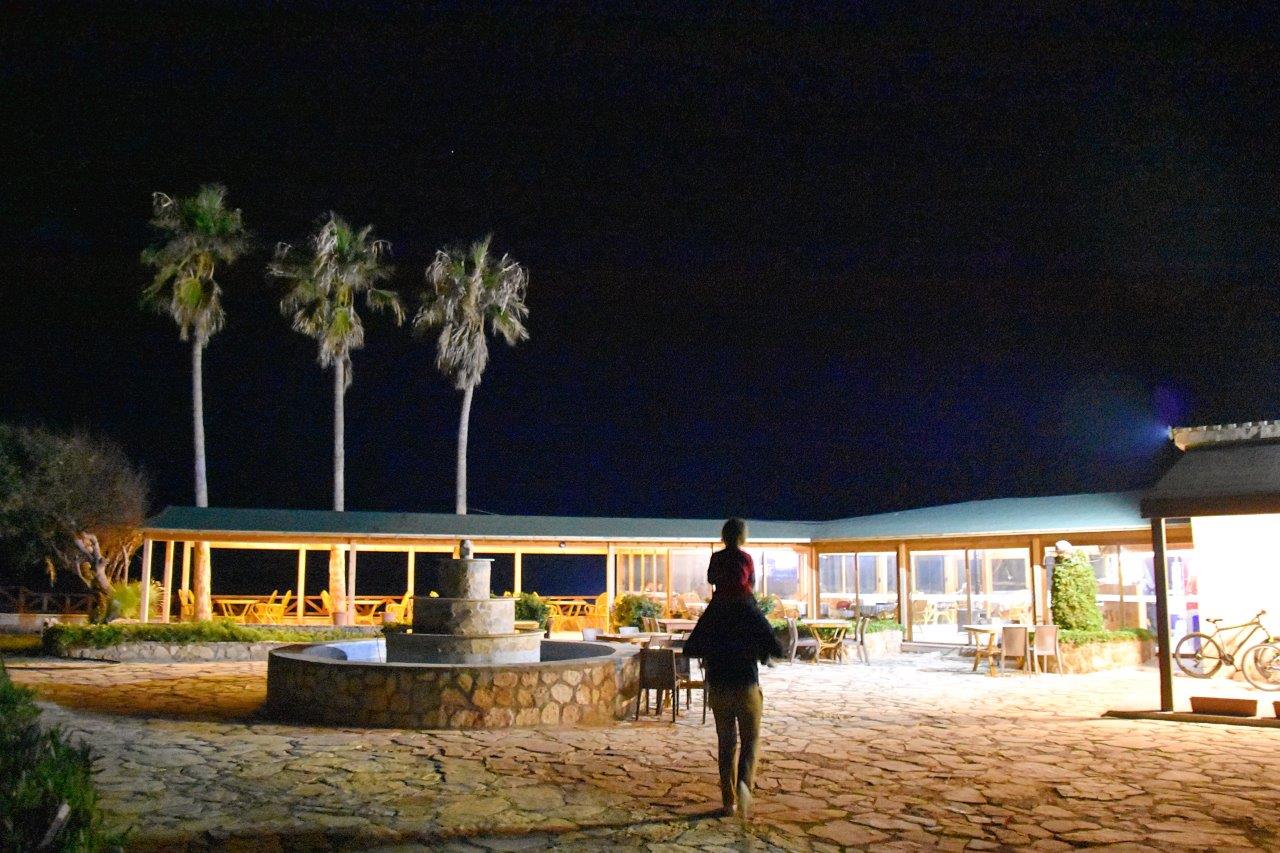
The area around Ayios Philon was my favourite part of Dipkarpaz and we found ourselves there a lot. To the west of the Oasis is a gorgeous, sandy beach which I bet is rammed in the summer. To the east is a Roman harbour with steps down to the shore.
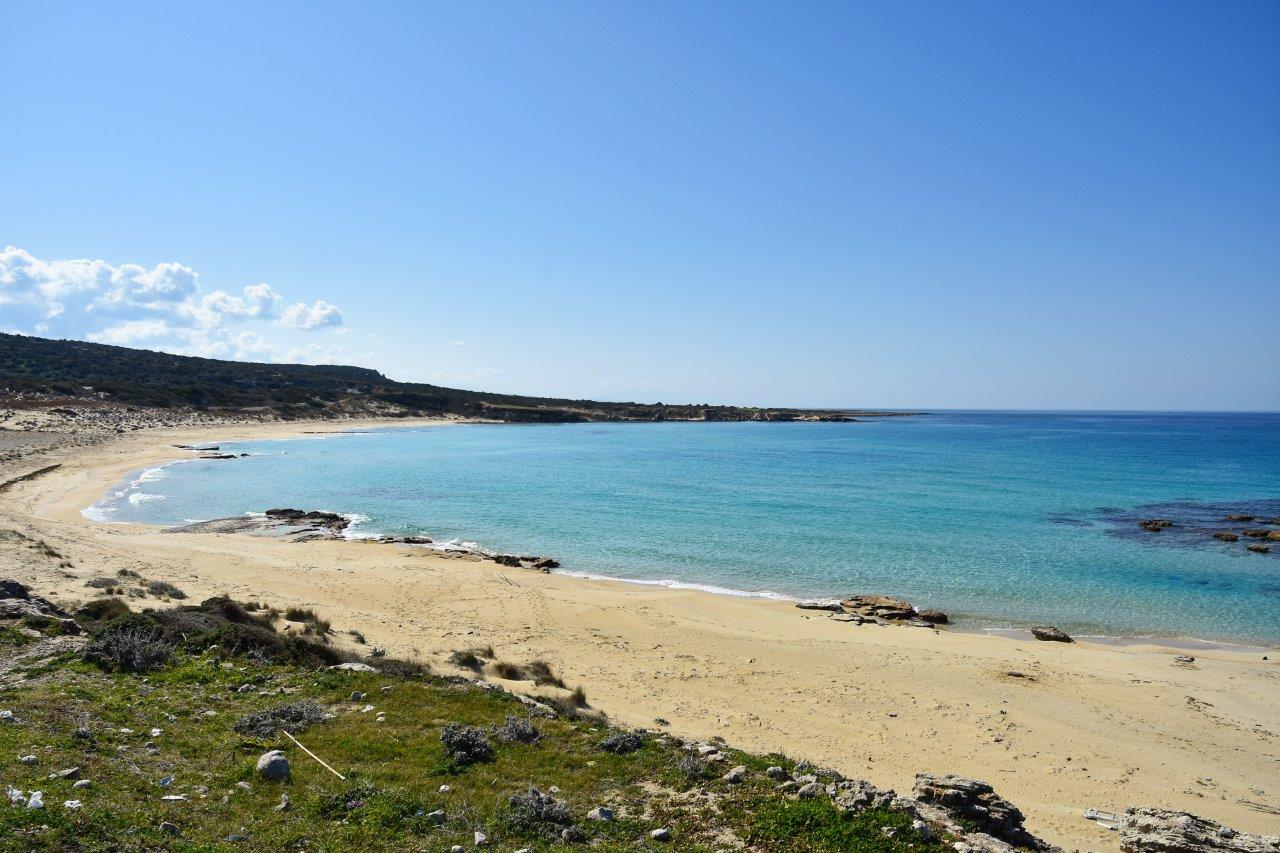
If you drive from the Oasis back along the main road towards Dipkarpaz village, there are a number of tracks to the right of this road. The third track takes you to some rock-cut tombs and a surreal-looking quarry. Two massive caves are at one side of the quarry but the roof didn’t look safe so I didn’t venture in.
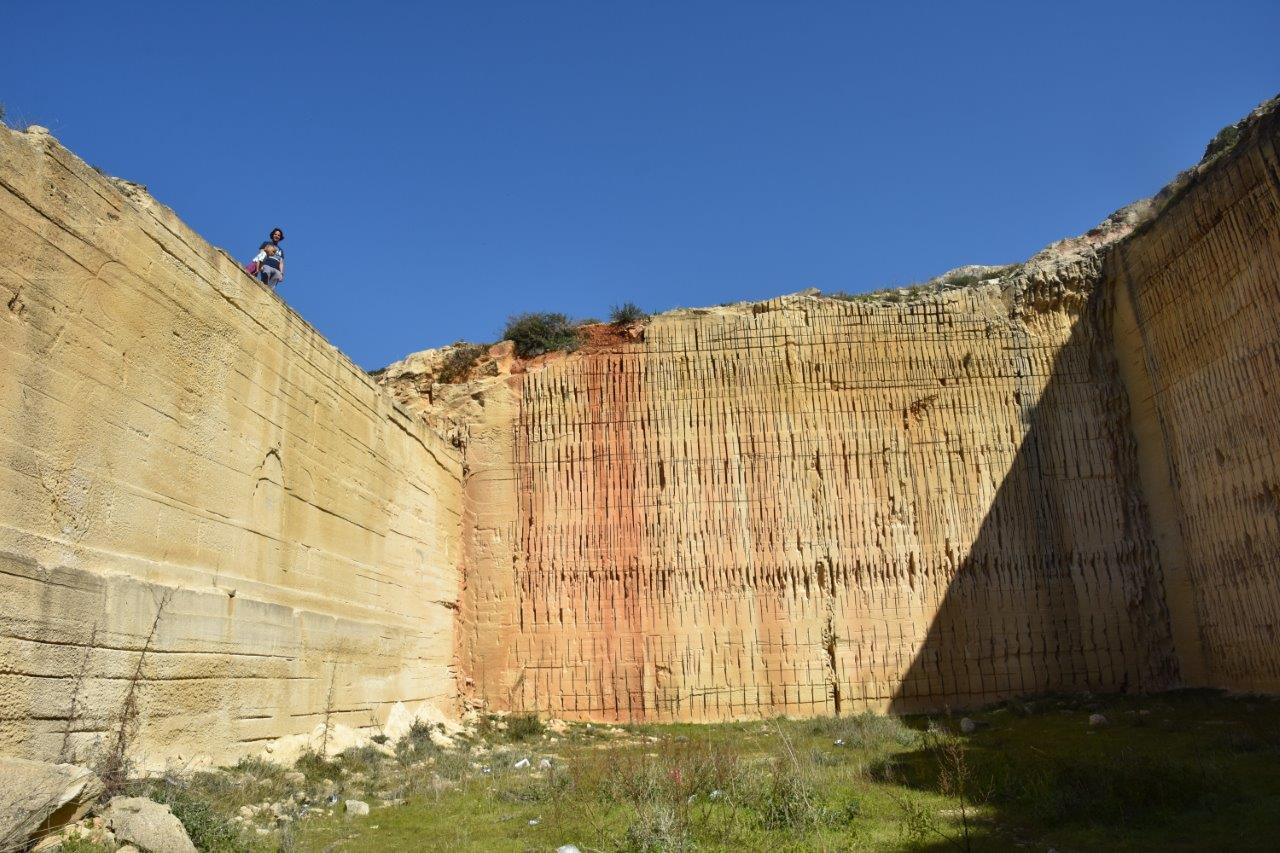
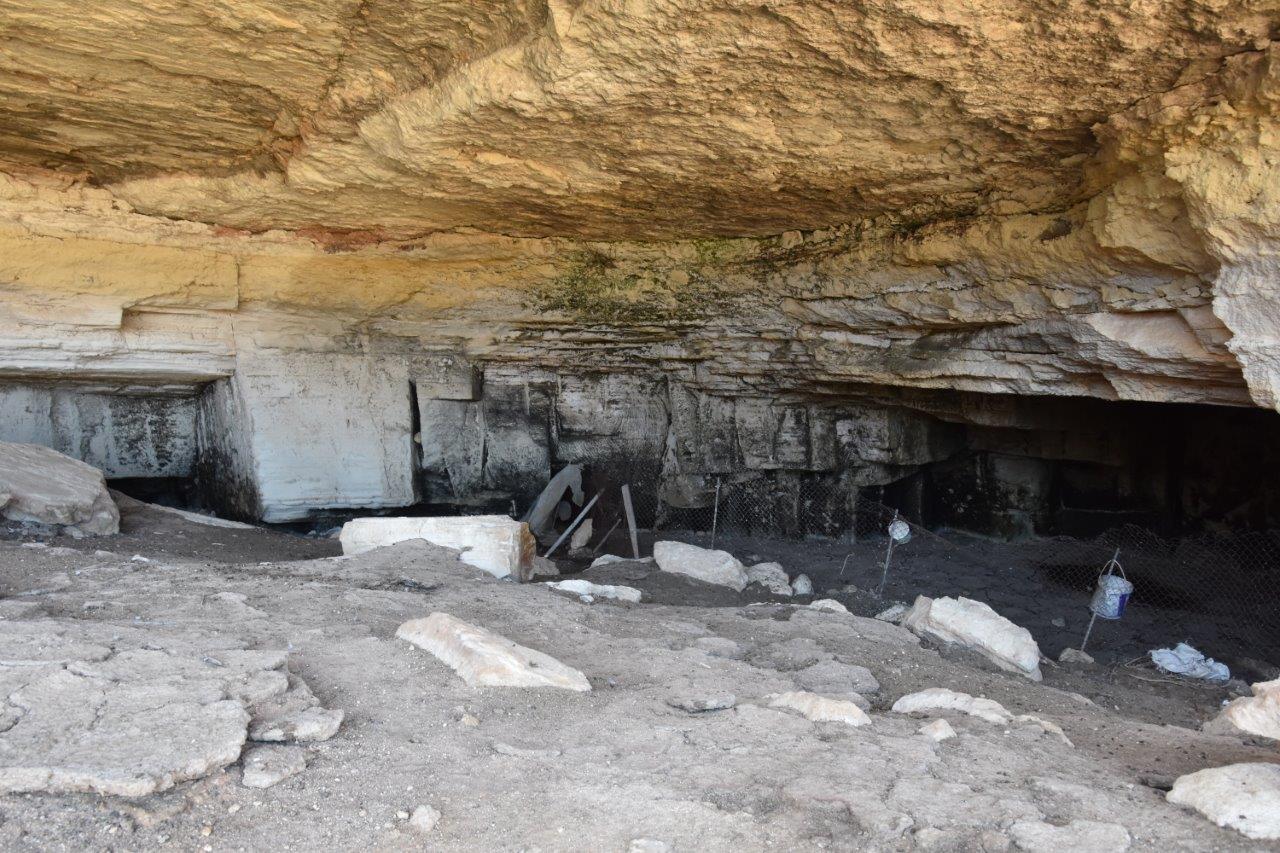
As we drove back to the main road from the quarry, I spotted other rock-cut tombs up on the hill and more hidden behind bushes by the side of the track. One looked massive, the entrance the size of a two-storey house. I tried to get to it, but it was totally blocked by dense scrub. Unless you had a machete, it was totally impenetrable. But near the ground a couple of tiny entrances had opened up, too small to climb into but offering tantalising glimpses of caves/caverns beyond. What could be in them? What were they used for? I LOVE this sort of thing! Have these places ever been explored or excavated? I’ve read that large parts of the Karpaz Peninsula are unexplored, so who knows what archaeological gems are hiding? Seriously, I could spend days here exploring and not get bored.
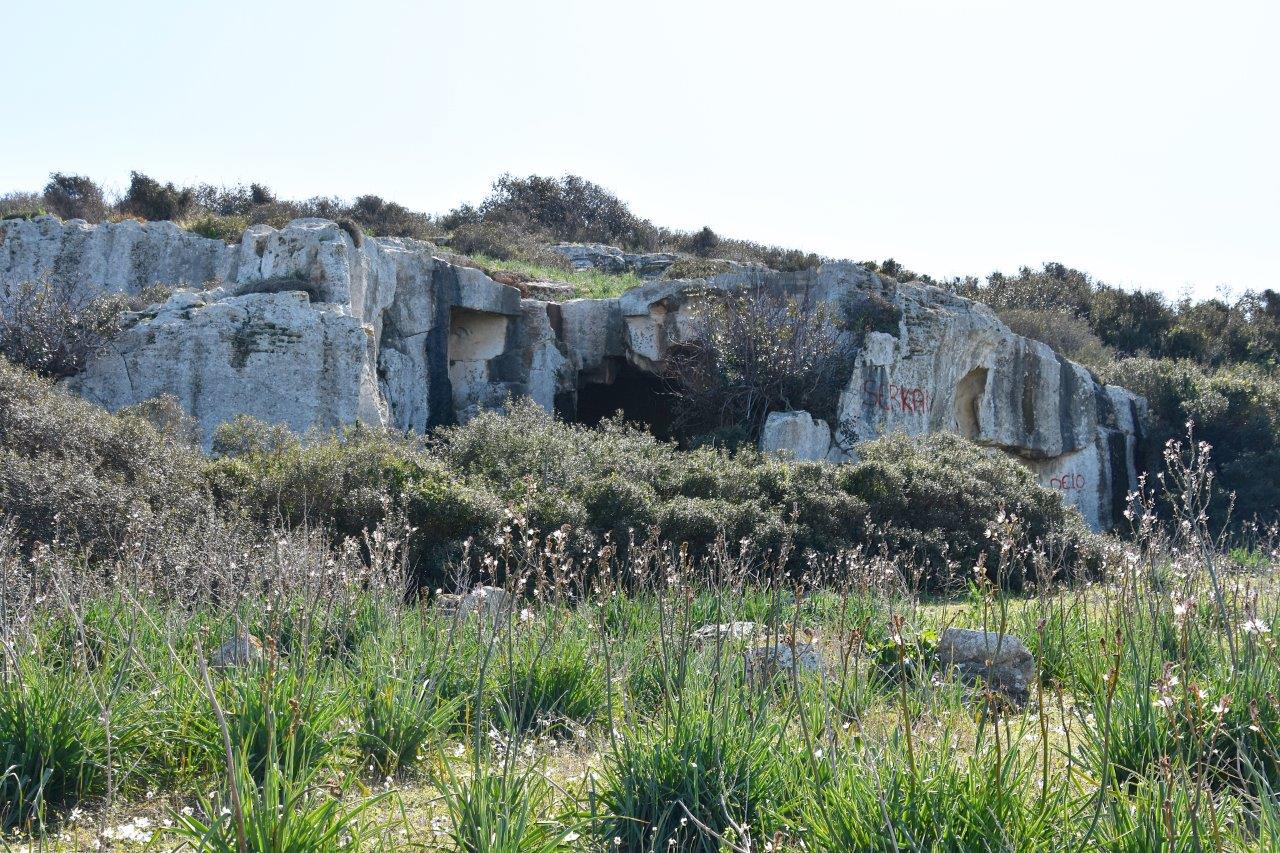
To the east of the Oasis a track winds 7km along the coast to the ancient city of Aphendrika. This place fascinated me. Even the name sounds magical. Aphendrika was one of the six major cities of Cyprus in the 2nd century BC, larger than Carpasia. Again, apparently much of this site is unexcavated. What remains are the ruins of three churches. There’s the little 10th-century Agios Georgios church, where Goobie was delighted to find an entire sheep skeleton, with head still attached (sheep skeletons was a recurrent theme of our holiday as I may explain in a later post).

Next to the Agios Georgios is the Panagia Chyrsiotissa, built in the 6th century. This was more substantial and part of it had been rebuilt in the 16th century.

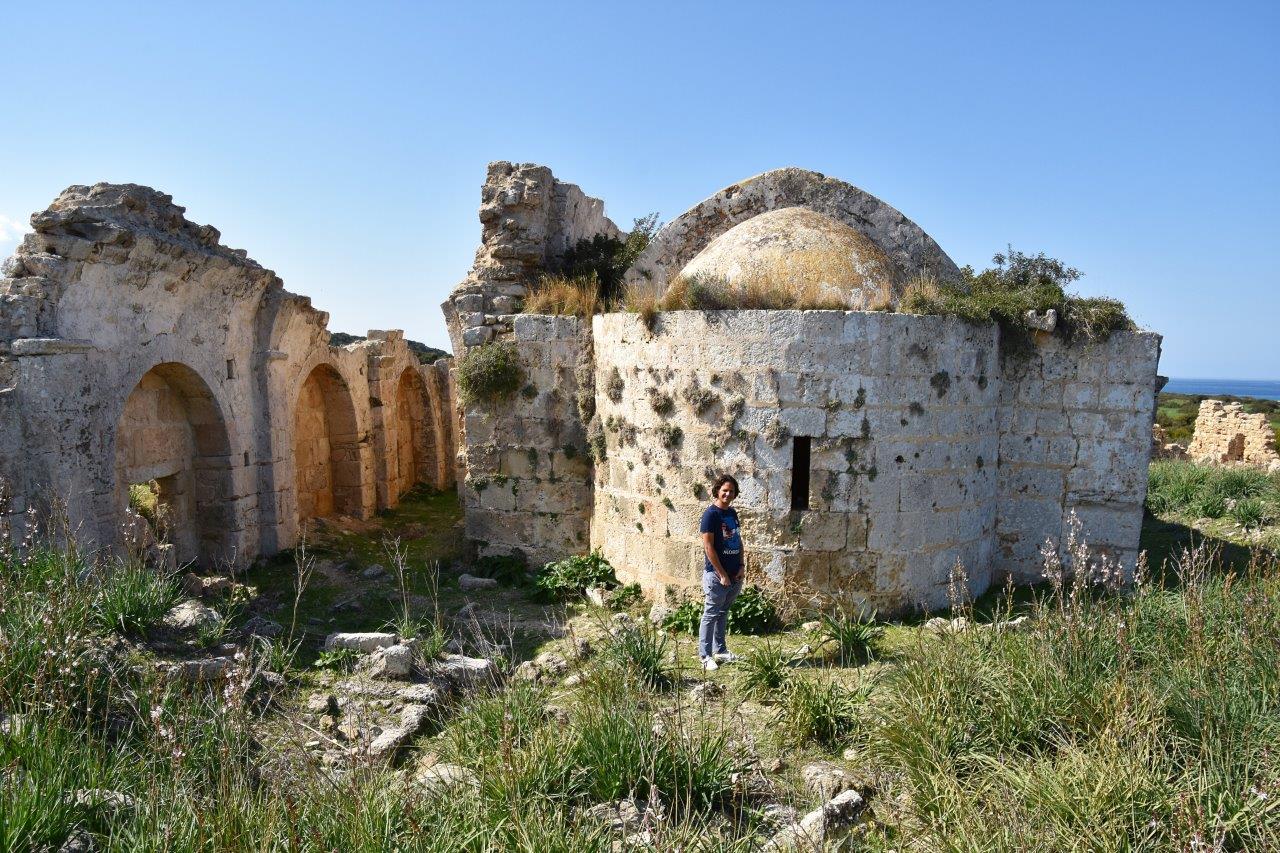
A little further inland is the Panagia Asomatos. This was also built in the 6th century as a three-aisled basilica. Some of its barrel-vaulted roof still remains.
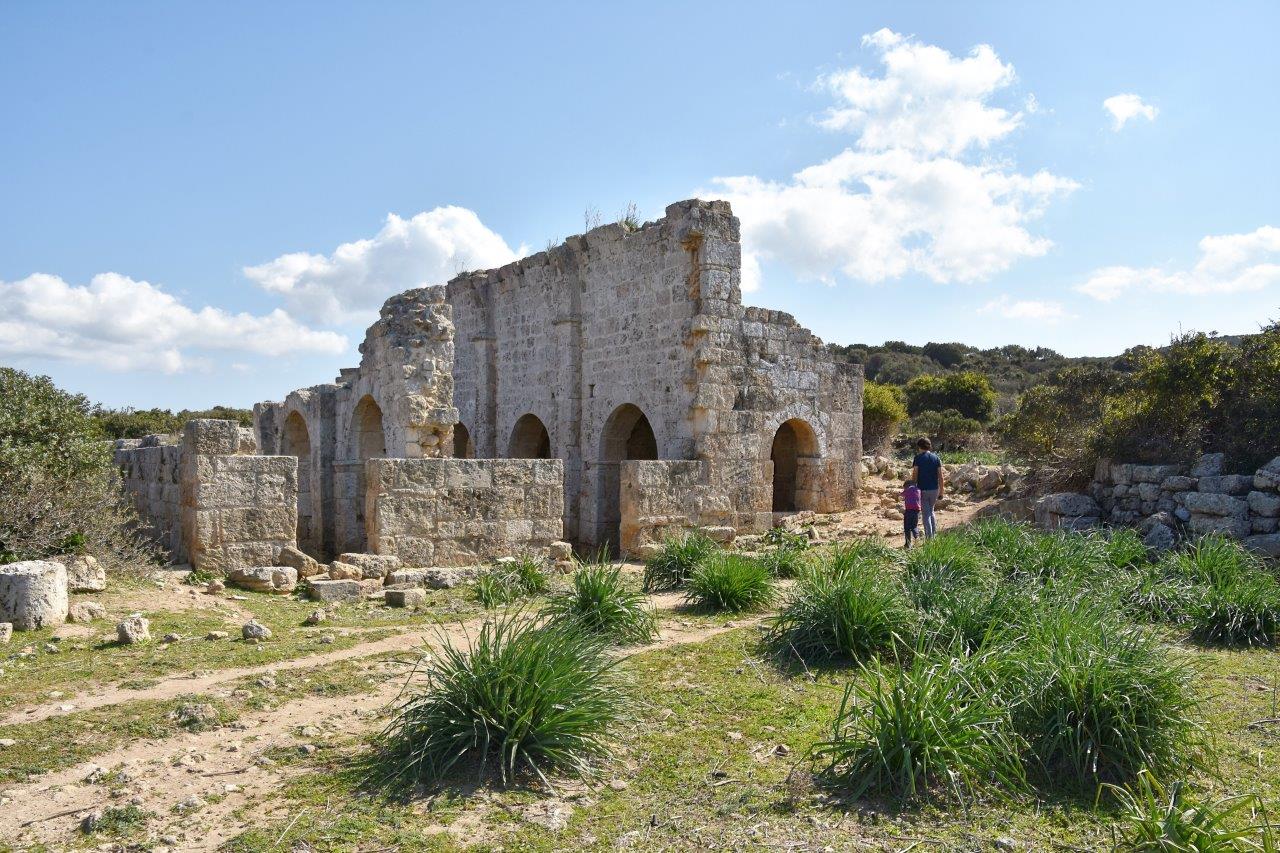
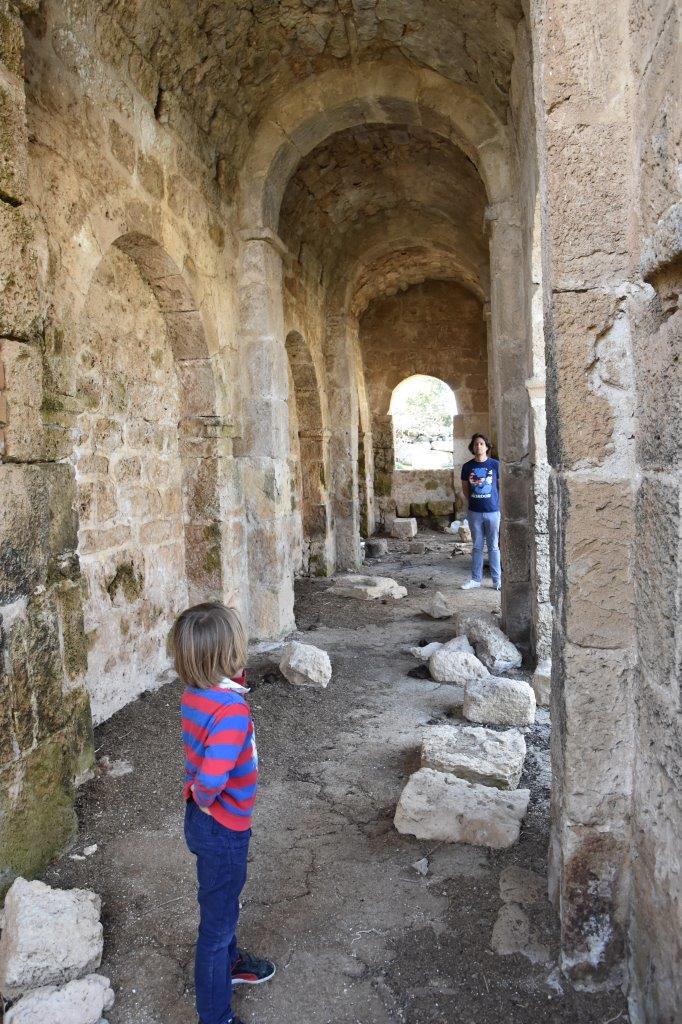
Apparently, inland from the churches are the remains of the ancient citadel and the necropolis. I’ve read it’s a bit of a trek and unfortunately we didn’t have time to find it. If we come back, this will be at the top of my list of things to do.
We saw so much during our stay on the Karpaz Peninsula, too much for one post. We didn’t spend much time in the actual village of Dipkarpaz because it was off-season and a lot was closed. However, Dipkarpaz was a great base to explore the rest of the Karpaz Peninsula, and Villa Lembos the perfect place to stay this time of year.
Hi
I really enjoy your posts, they are so interesting, detailed and informative. Some like this one about your visit to the Karpaz Peninsular has whetted my appetite to return. We toured the Area a couple of years ago and the main object at the time was to reach the very end of the island having made it previously to every other extremity, but in so doing we missed much of what you saw and enjoyed.
Thank you for a brilliant website.
2 Comments